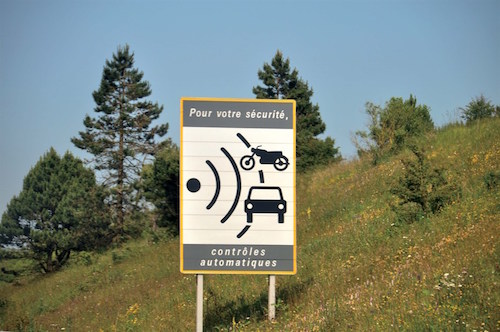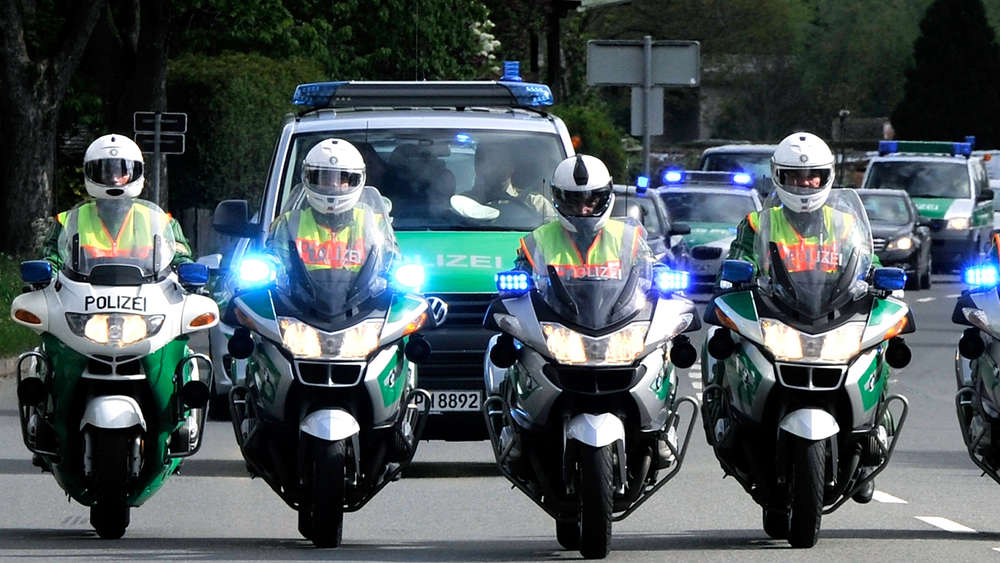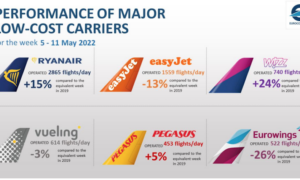If there’s anything more stress-producing for expats than driving in Europe, we don’t know what it is.
If it’s not crazy people in Porsche Panameras coming up behind you doing 300 kph on the high-speed sections of German autobahns, it’s drivers in the Netherlands pulling out in front of you from side roads. Both of which are completely legal.
For 2017, it’s about to get crazier with new laws affecting everything from tolls to insuring your bumper car.
European Union
 • Let’s say you spend a week playing Max Verstappen in Belgium, speeding and running traffic lights. So, you just head home to the Netherlands, right, thinking, “So, long, suckers.”
• Let’s say you spend a week playing Max Verstappen in Belgium, speeding and running traffic lights. So, you just head home to the Netherlands, right, thinking, “So, long, suckers.”
Not any more, baby.
This year, the final adoption of “Cross-Border Enforcement Directive” kicks it. It allows EU member states to use a central digital information system to identify and pursue across borders EU drivers who commit traffic offenses abroad, including the four “big killers” that cause 75 percent of road fatalities: speeding, running red lights, failure to use seat belts and drinking and driving.
As of 2016, 23 of the 28 EU countries have implemented the changes. During 2017, the directive kicks in in UK, Denmark and Ireland.
Finland and Portugal have not agreed on the cross-border directive. Which means everyone will go there to misbehave. Here’s more detail.
• Look for possible changes in tolling across Europe. The European Commission will consider new regulations that could lead to drivers paying rates based on how much their car pollutes. The overhaul will include measures to digitize toll systems and reward cleaner vehicles.
We got totally lost trying to figure out the politics of this thing. But EurActive reported Germany will become one of eight EU countries with road tolls based on how much time drivers spend on the roads. Austria, Bulgaria, the Czech Republic, Hungary, Romania, Slovakia and Slovenia have similar systems.
Under proposed changes due to be debated this spring, Germany’s maximum road toll — 20 euros for 10 days — would be the highest in the EU.
• Having voted for Brexit, the Brits are pointing to this new law as a particularly egregious infringement on their freedom.
A new EU rule requires mandatory motor insurance must cover any motor vehicle in its normal use, in any location. So the Brexiteers have said this could include golf carts and bumper cars at the carnival.
Probably not, Nigel, unless you drive your bumper car home at night. But let’s say you live in a rural Dutch village like some people we know where everyone drives quad bikes and golf carts on the roads, yeah, you might have to insure them.
France
• Breathalyzers. This isn’t really a new law, but it’s a requirement most expats don’t know about. In France, you must carry a government-approved breathalyzer kit in your car.
• Fuel. France is raising taxes on diesel fuel and lowering them on gasoline to discourage diesel usage, which is more polluting.
• If you get caught speeding in your company car, your company will have to figure out and report who was at the wheel.
• No more tinted windscreens, and driver and front passenger sides must be clear, as well. This security move comes with a 135 euro ticket for violators.
Germany
•Rettungsgasse (Evacuation alley)
Driving in Germany is the most formal, organized and codified activity there is. So it should come as no surprise Germans require drivers caught in a stau to organize themselves promptly so there’s a Rettungsgasse (evacuation alley) open for emergency vehicles.
Before 2017, the open lane had to be in the middle of the road. A new law stipulates that if there are three lanes or more, cars in the far left lane stay to the left, while drivers in the right lanes keep right. The Rettungsgasse must be between the autos on the far left and all the other autos on the right. So, try to remember this as the lights and sirens are bearing down on you …. the lane next to the far left outside lane (rather than the middle lane) is the Rettungsgasse.
 • Bikes
• Bikes
Until 2016, bicyclists were required to follow the traffic signals for pedestrians. Beginning in 2017, bikers in Germany must observe traffic lights the same as cars unless they’re on a special bike path with bike signals.
Here’s the full Mobility and Transportation Road Safety rules for bikes in the EU. Note that some countries such as Switzerland and Germany have additional rules.
•e-Bikes
Those increasingly popular bikes with supplementary electric power will be allowed to use bike paths in 2017, but only under certain conditions. First, only bikes with speeds under 25 kph are permitted. Second, there must be a sign saying “E-Bikes erlaubt” (“e-bikes OK”). S-Pedelecs, which can reach speeds of up to 45 kph, are not supposed to use bike paths, but can you tell the difference? We can’t.
This link from Welt.de has the traffic law details (in German).
Netherlands
Starting this year in the Netherlands, high speed e-bikes must be equipped with a scooter license plate. You have until 1 July to get the proper yellow license plate. If you buy an e-bike after 1 January, it likely will come with the right plate.
Norway
The Norwegian government is considering legislation to allow testing of self-driving vehicles.
As we reported earlier this week, Norway is one of the largest markets for Teslas. Tesla execs announced earlier this year their new models will come with hardware including cameras and a radar that could make them self-driving.
And get ready … EU officials are already discussing making autonomous driving tech mandatory! Which will be no problem in the Netherlands, where autonomous trucks have already been tested extensively on the road.
Finland also is testing driverless shuttles for “first-mile/last-mile” journeys that would fill the mass transit gap by taking riders to and from transit stops as they go to school, the office or wherever, according to the New York Times.
If you know about new laws for 2017 we missed, please share at: [email protected]















